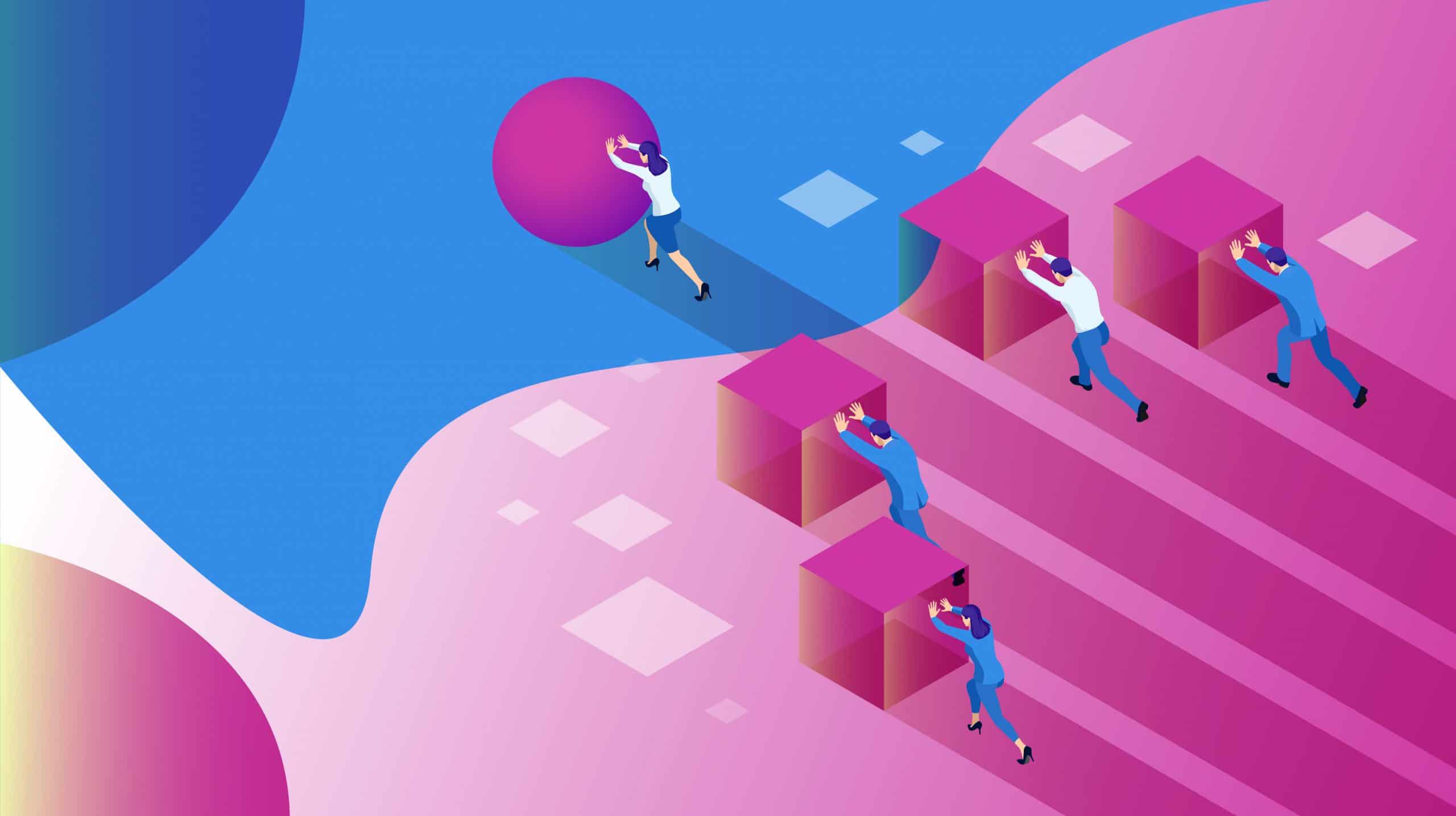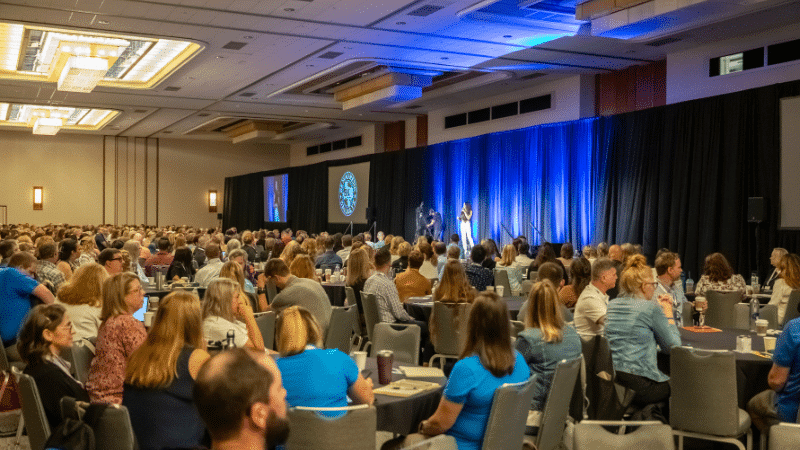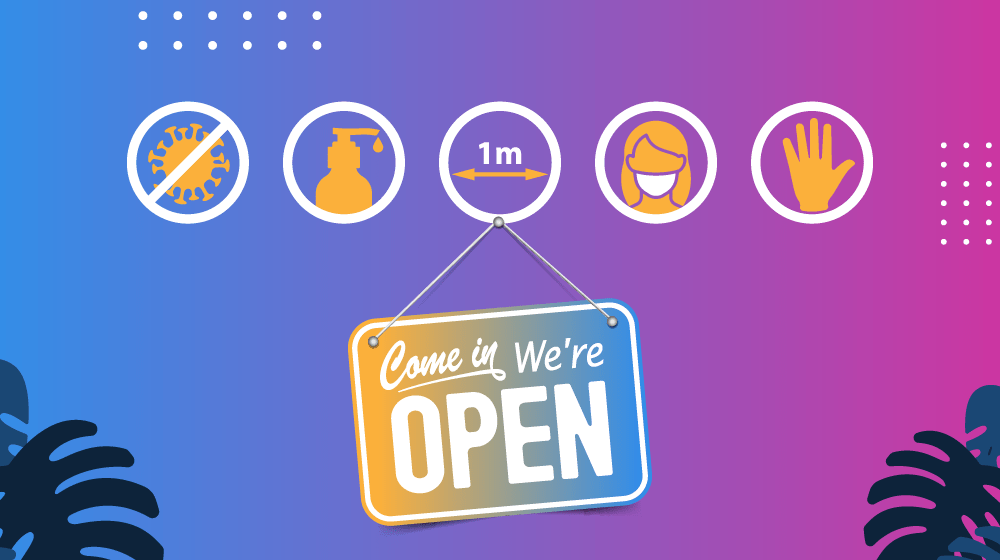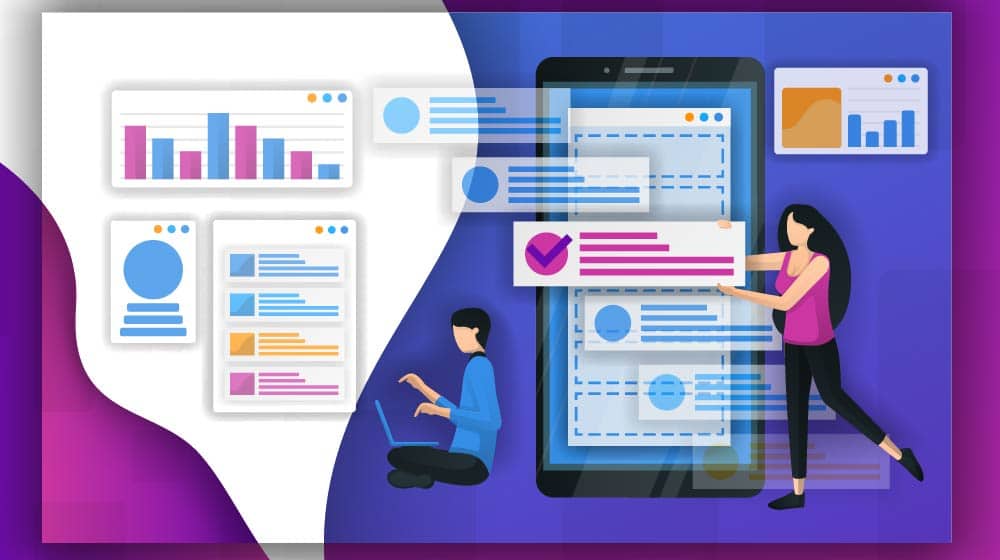How To Work Smarter Not Harder To Get More Done

To maximize your personal productivity, you need to learn how to work smarter, not harder. Learn the seven ways to do that in today’s article.
In this article:
- How to Work Smart (Not Just Harder) by Applying the Pareto Principle
- Set Shorter Personal Deadlines
- How to Work Smart, Not Harder, by Taking Short, Frequent Breaks
- Establish Work Routines or Habits
- Focus on Results, Not on Working Hours
- Clarify Priorities
- Don’t Multitask
Work Smarter, Not Harder: 7 Tips for Maximizing Your Personal Productivity
1. How to Work Smart (Not Just Harder) by Applying the Pareto Principle
Also known as the “80/20 Rule,” the Pareto principle states that 80% of results often come from only 20% of resources. So, how does applying the Pareto principle help optimize one’s personal productivity?
For example:
- If an entrepreneur wants to significantly increase sales for 2020, he or she should focus on marketing to the top customers.
- Given they’re the customers who buy the most from the business, even a small percentage increase in business with them can result in bigger revenues.
Contrast that with putting most of one’s efforts and resources on marketing to the bottom-dwelling customers. There’s probably a good reason why they don’t buy much from the business.
By prioritizing the areas of work that contribute the most to one’s productivity, a person can easily be more productive. Prioritizing areas with the least contribution may lead to poor returns on time and effort investment.
2. Set Shorter Personal Deadlines
Another way to work smarter, not harder, is by applying Parkinson’s Law. This states that the shorter the time allotted to complete a task, the more important and urgent it becomes.
When a person views a task as urgent and important, he or she tends to focus and perform better.
Because of limited time, the human mind is forced to sift the unimportant from the important. As a result, a person can perform tasks at a much higher level and get more things done.
3. How to Work Smart, Not Harder, by Taking Short, Frequent Breaks
Some newbie runners training for their first 5k, 10k, or even a half-marathon (21k) run use the run-walk method to build up their mileage. As the name implies, this involves alternating long running periods with short walking periods.
The mandatory short running breaks help runners delay the onset of muscular fatigue and. in the process, help them run farther.
When it comes to mental stamina at work, there’s a similar technique called the Pomodoro technique.
It involves working in 30-minute cycles of 25 minutes of straight work and mandatory five-minute breaks. The mandatory five-minute break extends to 10 minutes on every fourth work cycle.
The same principle holds true: taking short, frequent breaks help delay the onset of mental fatigue. The longer the time before mental fatigue sets in, the longer a person can work and complete more tasks.
While the standard Pomodoro cycle consists of a 25:5 work-break ratio, it’s not set in stone. Some people work best with a 50:10 cycle, while others perform at their peak with a 45:15 work cycle.
4. Establish Work Routines or Habits
Routines and habits require minimal mental energy or willpower reserves to perform. When people establish habits or routines, they work faster because they no longer have to think about them.
Routines and habits enable people to do things on autopilot and get things done more efficiently.
5. Focus on Results, Not on Working Hours
Personal productivity is all about results. Meanwhile, improving productivity means either:
- Getting the same results within a shorter time frame
- Accomplishing more within the same time frame
- Getting more results within a shorter time frame
Focusing on the number of hours spent working is a surefire way to kill personal productivity. It breeds complacency and inefficiency because it puts a premium on the wrong things.
Most companies aren’t optimally productive because they pay employees based on the number of hours spent at the office instead of their productivity. In short, they reward people for being in the office more than for what they produce.
Ever wondered why entrepreneurs and freelancers tend to have a greater drive to succeed than most employees?
It’s because their income is tied to their production — no production, no pay, regardless of how long they work. On the flip side, they’re motivated to continuously improve their productivity because they know that by doing so, they can earn even more while working fewer hours.
6. Clarify Priorities
One of the deadliest personal productivity killers is lack of focus. When it comes to personal productivity, making quick and wise decisions and the ability to focus are important.
However, it’s hard to focus on the important things when one has little idea of what those things are.
When a person knows his or her priorities, making decisions and focusing at work can be much easier.
7. Don’t Multitask
One of the most dangerous personal productivity myths is that multitasking is key to getting more things done. Nothing can be further from the truth.
Personal productivity isn’t just about getting more things done but also about getting things done well.
There’s no sense in getting a lot of things done the wrong way or with poor quality. Poor quality work requires revisions or redoing, which is a waste of productive time.
When a person tries to do multiple things at a time, he or she won’t be able to focus well. Lack of focus at work is one of the biggest reasons for poor quality work.
Another reason why multitasking is a myth is because of how the human mind works.
When people multitask, they’ll have to shift their attention from one thing to another. It’s virtually impossible to do two things consciously at the same time.
Try singing an English song while writing a poem in another language. It’s impossible to do both at the same time, but it’s possible to switch quickly from one task to another.
Here’s the thing about frequently switching attention back and forth between multiple tasks—it takes longer to finish both. It’s because every time someone switches from one task to another, that person has to go retrace his or her steps to resume the previous task.
Instead of taking 15 minutes to finish a task, it may take more than 20 minutes to finish the same because of multitasking.
The best way to get things done faster is to focus on one task at a time. Doing so helps preserve the necessary mental momentum to get things done faster without sacrificing the quality of work.
Learn to work smarter, not harder, if you want to maximize your personal productivity this year. Give these seven tips a try and watch your personal productivity increase.
Do you have other personal productivity strategies you’d like to share? Let us know in the comments section below.
Up Next:




